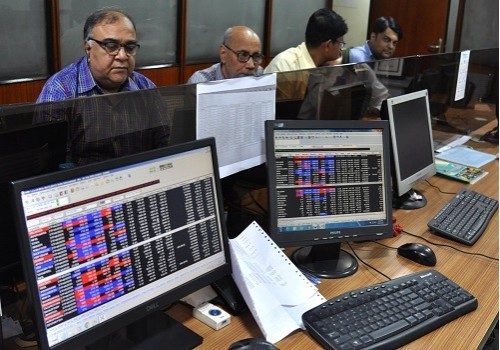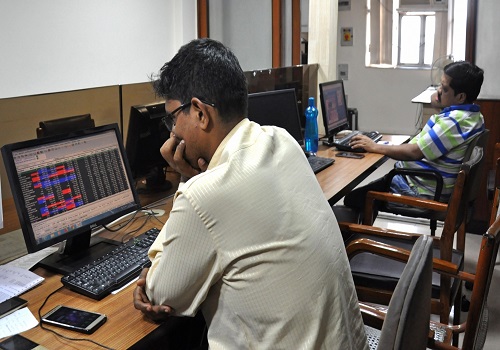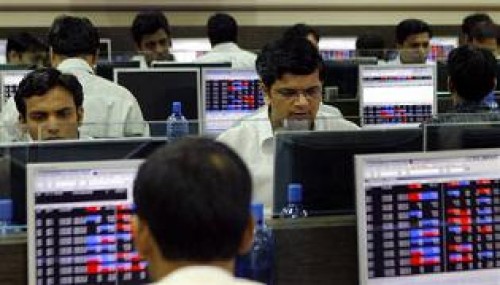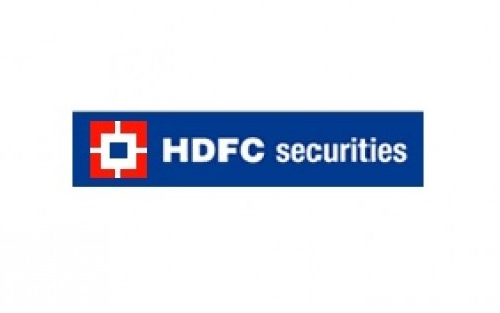Markets erase losses to end marginally lower

Follow us Now on Telegram ! Get daily 10 - 12 important updates on Business, Finance and Investment. Join our Telegram Channel
Indian equity benchmarks erased most of their losses to end marginally lower on Friday. Key gauges made negative start and extended fall in morning deals, as traders were concerned with the latest public debt management report showing that the government’s total liabilities rose 3.74 per cent to Rs 133.22 lakh crore in the March quarter from Rs 128.41 lakh crore in the three months ended December 2021. Some cautiousness also came as the Reserve Bank said India's external debt increased by $47.1 billion to $620.7 billion in the financial year ended March 2022. Some anxiety also came as RBI in its financial stability report said that persistently high inflation globally is to stay here longer than anticipated as the ongoing war and sanctions take toll on economies, threatening a further slowdown to global trade volume.
Bourses remained under pressure in late afternoon deals with a private survey showed that India's factory output expanded at its slowest pace in nine months in June as elevated price pressures continued to dampen demand and output. While the Manufacturing Purchasing Managers' Index, compiled by S&P Global, remained resilient, it fell to a nine-month low of 53.9 in June from May's 54.6. Adding to the weakness, rating agency Crisil lowered its real GDP growth forecast for India to 7.3 percent in FY23 from 7.8 percent estimated earlier. It attributed the downward revision to higher oil prices, slowing of export demand, and high inflation. However, benchmark indices staged a smart recovery in the dying hours of trade, as traders took some support from the government data showing that the growth of eight core infrastructure sectors expanded by 18.1 per cent in May against 16.4 per cent in the year-ago period and 9.3 per cent in April 2022.
On the global front, Asian markets settled mostly lower on Friday amid growth worries, as a slew of surveys showed regional manufacturing activity stalled in June and many companies were hit by supply disruptions caused by China's strict COVID-19 lockdowns. European markets were trading higher after data showed Eurozone manufacturing PMI fell less than expected in June. Meanwhile, flash data from Eurostat showed Eurozone inflation accelerated further in June to a new record high on surging energy prices. Back home, baking stocks were in focus as the Reserve Bank of India in its Financial Stability Report for June said that in March 2022, the gross net performing assets' ratio fell to a six-year low of 5.9%.
Finally, the BSE Sensex fell 111.01 points or 0.21% to 52,907.93 and the CNX Nifty was down by 28.20 points or 0.18% to 15,752.05.
The BSE Sensex touched high and low of 53,053.04 and 52,094.25, respectively. There were 22 stocks advancing against 8 stocks declining on the index.
The broader indices ended in green; the BSE Mid cap index rose 0.67%, while Small cap index was up by 0.09%.
The top gaining sectoral indices on the BSE were FMCG up by 2.47%, Realty up by 1.65%, Finance up by 1.01%, Basic Materials up by 0.96% and Consumer Discretionary up by 0.80%, while Energy down by 3.99%, Oil & Gas down by 3.21%, PSU down by 1.32%, Utilities down by 0.86% and Power down by 0.77% were the top losing indices on BSE.
The top gainers on the Sensex were ITC up by 3.99%, Bajaj Finance up by 3.97%, Bajaj Finserv up by 3.63%, Asian Paints up by 2.80% and Hindustan Unilever up by 2.34%. On the flip side, Reliance Industries down by 7.14%, Power Grid Corporation down by 2.53%, NTPC down by 1.82%, Bharti Airtel down by 1.54% and Maruti Suzuki down by 0.87% were the top losers.
Meanwhile, with higher expenditure, the Controller General of Accounts (CGA) in its latest data has showed that the central government's fiscal deficit at the end of May stood at 12.3 per cent of the annual budget target for 2022-23. Fiscal deficit is the difference between total expenditure and revenue of the government. It is an indication of the total borrowings that are needed by the government. The fiscal deficit was at 8.2 per cent of the Budget Estimate (RE) of 2021-22 during the corresponding period.
As per the data, in actual terms, the deficit was at Rs 2,03,921 crore at the end of May. The country's fiscal deficit is projected at 6.4 per cent of the GDP for this fiscal ending March 2023 as against 6.71 per cent for the previous year. The data showed that the total receipts of the government at the end of May was at Rs 3.81 lakh crore or 16.7 per cent of the BE for 2022-23. The collection was about 18 per cent of the BE of 2021-22 in the corresponding period last fiscal.
In May, the tax (net) revenue was at 15.9 per cent of the BE of 2022-23. It was 15.1 per cent of the BE 2021-22 in the year-ago period. In actual terms, the net tax revenue stood at Rs 3,07,589 crore during April-May 2022-23. As per the data, the central government's total expenditure at the end of May stood at Rs 5.85 lakh crore or 14.8 per cent of this year's BE. It was 13.7 per cent of the BE in the corresponding period. For 2022-23, the fiscal deficit of the government is estimated to be Rs 16,61,196 crore.
The CNX Nifty traded in a range of 15,793.95 and 15,511.05. There were 39 stocks advancing against 11 stocks declining on the index.
The top gainers on Nifty were ITC up by 4.11%, Bajaj Finance up by 4.03%, Bajaj Finserv up by 3.51%, Cipla up by 3.36% and BPCL up by 3.27%. On the flip side, ONGC down by 13.30%, Reliance Industries down by 7.31%, Power Grid Corporation down by 2.52%, Bajaj Auto down by 2.29% and Bharti Airtel down by 1.74% were the top losers.
European markets were trading higher; UK’s FTSE 100 increased 15.67 points or 0.22% to 7,184.95, France’s CAC increased 19.98 points or 0.34% to 5,942.84 and Germany’s DAX increased 42.75 points or 0.33% to 12,826.52.
Asian markets settled mostly lower on Friday tracking weakness in Wall Street overnight after data showed US household spending slowed in May amid historically high inflation and elevated interest rates, which raised the prospect that the US economy has contracted for a second consecutive quarter this year. Meanwhile, a slew of surveys showed that Asia's manufacturing activity slowed in June as many companies were hit by supply disruptions caused by China's strict Covid-19 lockdowns, also fueled recession fears and weighed on market sentiments. Chinese shares declined, despite data showed the Caixin/ Markit manufacturing Purchasing Managers' Index (PMI) for June rose to 51.7 from 48.1 last month. Seoul shares dropped after South Korea posted a record-high trade deficit during the first half of 2022. Moreover, Japanese shares fell as dismal manufacturing and unemployment data stoked concerns about the economic outlook. Meanwhile, market in Hong Kong was closed for a holiday.
Above views are of the author and not of the website kindly read disclaimer










Tag News

Weekly Market Analysis : Markets strengthened recovery and gained nearly 2% in the passing w...














